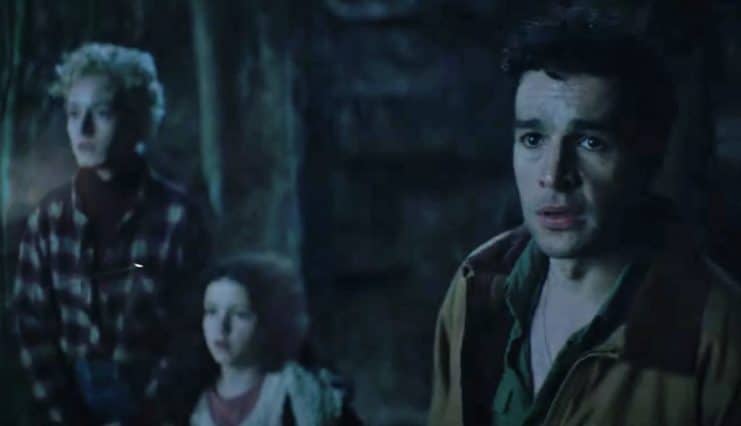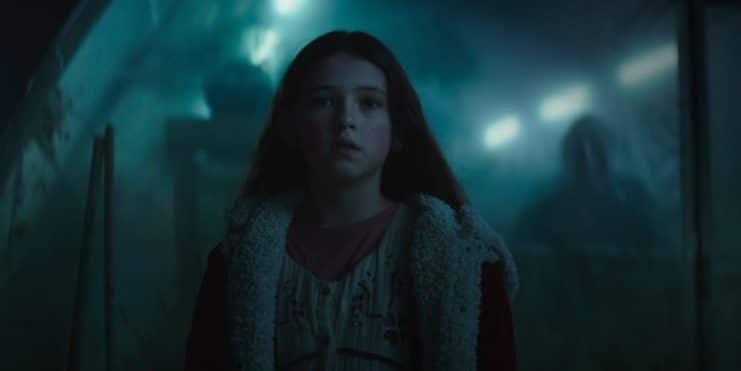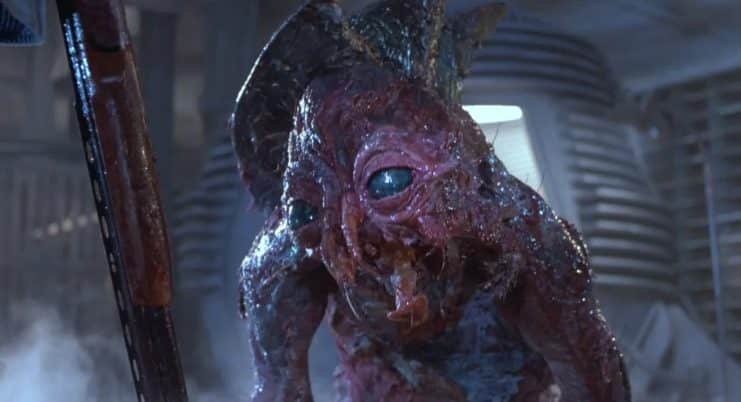
Exploring the depths of human horror through the Wolf Man and his terrifying transformation in a desolate place
From the first images revealed in trailer, it was clear that the new film from Universal Pictures, The Wolf Mandeviated from the traditional approach to werewolf stories to plunge into an abyss terror and physical decomposition. Through the eyes of Christopher Abbott’s character, we witness metamorphosis that evokes horror classics more visceral.
The impact of The Fly and The Shining on Wolf Man’s visual and emotional narrative
Leigh Whannell, director of the film, shared in a recent interview with Empire how The MoscowDavid Cronenberg’s masterpiece has deeply inspired this new project. Whannell tries to replicate the tragedy that emerges from practical effects of body horrormoving away from the grotesque or humorous to focus on the human suffering in the face of physical disintegration.

This tragedy will not only be experienced by the protagonist himself, but also by his wife Charlotte, played by Julia Garner, and his daughter Ginger, played by Matilda Firth. The film promises to be a visceral experience, where terror arises from the inevitable collapse of the flesh.
Whannell also highlights Garner’s performance, comparing her to Shelley Duvall The Shining One by Stanley Kubrick. In the words of the director, Garner’s ability to do so Capturing the audience’s empathy is crucial to the film’s emotional impact, guiding the viewer through the emotional rollercoaster. which defines the The Wolf Man.
The family faces unknown horrors inside and outside their former family home.
The plot unfolds when Blake, played by Abbott, inherits his childhood home in a remote corner of Oregon after his father’s mysterious disappearance. With his marriage in crisis, he convinces Charlotte to leave town and visit the estate with her daughter. However, what begins as a retreat turns into a nightmare when the family is attacked by an unknown beast.forcing them to take refuge indoors while something inhuman lurks in the darkness.


As the night goes on, Blake begins to suffer from a alarming transformationtesting the limits of Charlotte’s understanding and endurance. The film, which will be released in theaters in January 2025, promises not only that redefine the werewolf gender but also explore its limits body and psychological horror.
With a narrative that intertwines classic horror with a intense exploration of emotional and physical terror, The Wolf Man It looks like a work that will leave its mark in the history of horror cinema.
A dark mirror of our nightmares
Blake, the main character played by Christopher Abbott, is a reflection of contemporary fears and challenges. In the film, his internal struggle and forced transformation into a monster serve as powerful metaphors for the duality of human nature and personal conflicts. that we face in the modern world. As Blake confronts his dark brood and the beast within, viewers are led to question the true source of the horror: is it the monster outside or the inner battles we all carry within?


The idea of returning home as a place of horror is a recurring theme in horror narratives, and The Wolf Man explores it with renewed emotional intensity. This tension between the familiar past and the threatening present creates an atmosphere of suspense and reveals how intricately our personal stories are linked to the places we consider safe. The choice of a remote home, a space that should be a refuge, as the epicenter of this terrifying transformation highlights how even the most sacred places can become emotional and physical battlefields.